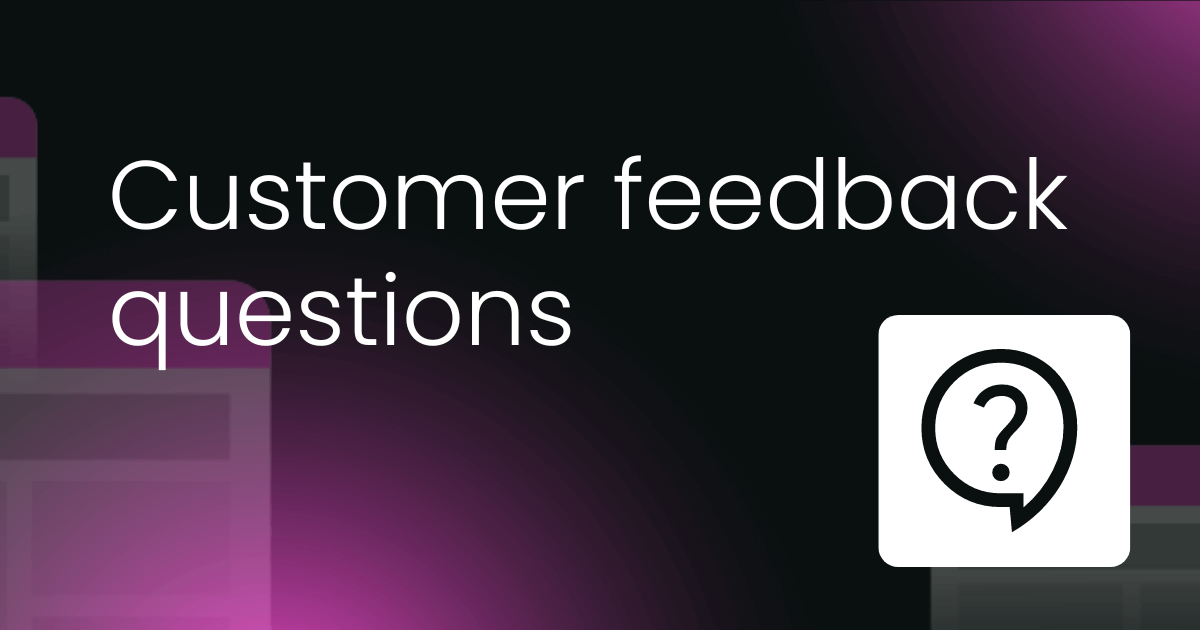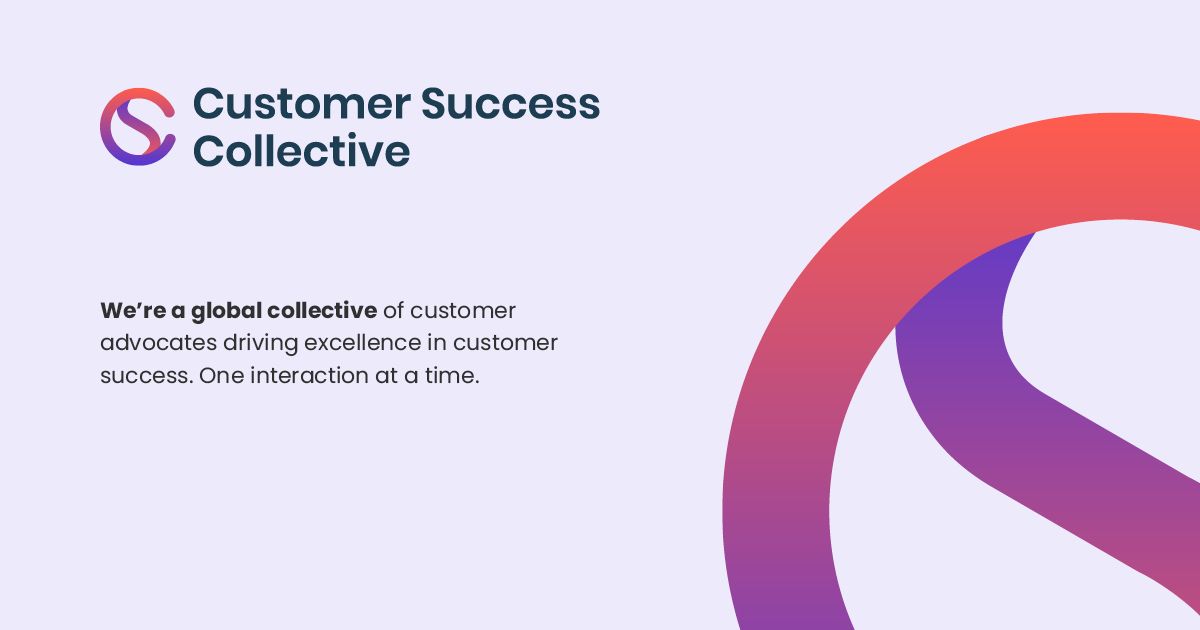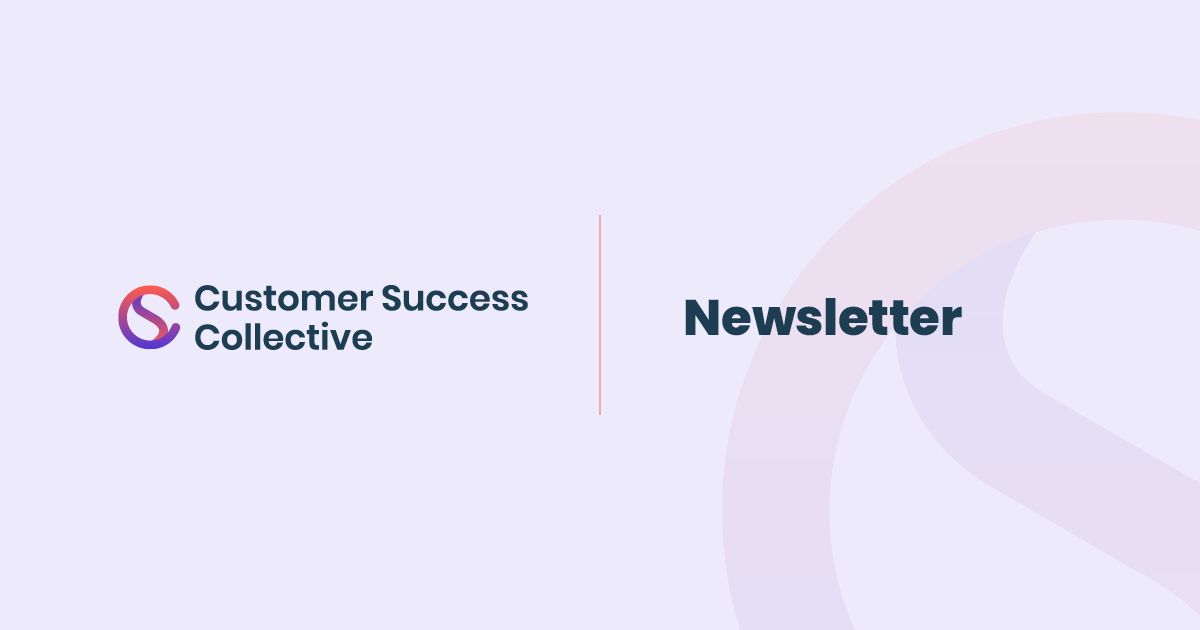End-to-end sales success doesn't end with closing a deal. A significant proportion of your revenue comes from retention and expansion through renewals, upselling and cross-selling.
But we all know that attracting new customers is much trickier than keeping hold of existing ones. Once you’ve done the hard work in getting them through the door, reducing churn is essential; it's notoriously difficult to win customers back if they slip through your grasp.
In this article, we'll explore how enablement can facilitate customer success teams to keep that revenue in the business using feedback that comes straight from the horse's mouth. Including:
- Why customer feedback is vital to customer success
- Customer feedback: a definition
- In practice: collecting customer feedback
- Feeding it back into your strategy
As Bryan Grobstein, Director of Revenue Enablement at Lunchbox, puts it:
"If you are customer facing, you’re in sales, right: your job is to either land, or expand or retain. If your role is called ‘sales enablement’, sometimes it gets lost in translation that you’re there to support the entire go-to-market structure."
Why is customer feedback so vital to customer success?
Customer success plays a critical role in reducing churn and increasing retention, of course. To help them to achieve that, you need to get back to basics and find out what's working and what's not. Then ask why this is happening, and what you can do to improve your short and long-term strategies.
Remember that customers mold companies, not the other way around. Only they can provide the perspectives you're searching for.
Without their honest feedback, you're taking a stab in the dark as to why churn is up, and customer lifetime value (CLV) is down; why previously loyal customers are dropping at the end of their contracts; and why your upselling and cross-selling techniques are failing to have an impact. Not to mention wasting incredible opportunities to sprinkle more surprise and delight into your customer experience.
What is customer feedback?
Sometimes confused with win/loss interviews, customer feedback is the process whereby customers who have completed their journey through the sales funnel are quizzed about their experience, post-purchase.
For instance, companies may ask their target market questions to establish how easy a product is to use, if they've ever had to speak to someone in customer service, or if there was anything in the sales process that turned them off.
Unlike with win-loss interviews (which take place approx. four weeks after a deal’s won or lost), this process can take place at any stage throughout the customer journey.
If you're an CSC member, you can find your customer feedback questions masterlist here. (If not, find out what you're missing 😉 )
How often should you collect customer feedback?
There’s no definitive time frame in which feedback from customers needs to be collected; it’s an ongoing process, and this will vary.
When we speak to product marketers in search of a more clear-cut answer, there’s no consistent answer provided, with some conducting customer feedback daily, whilst others check in fortnightly.
Nonetheless, it’s worth noting that liaising regularly will enable you to spot flaws quicker and rectify such issues.
How to collect customer feedback
When collecting customer feedback, it’s pivotal to utilize all resources and contact points available.
While phone or face-to-face interviews are the preferred means of collecting customer feedback, we get this can be difficult to facilitate sometimes. However, there are alternative options out there, like:
- Internal data - communicate with your sales and customer success teams, to ensure their data is being used to its fullest potential.
- Net Promoter Score (NPS) - a single question that measures the likelihood of your customers referring your business to their others. It's useful and widely used as an indicator of customer experience, customer satisfaction, and brand loyalty, but doesn't go into much depth.
- Online reviews - encouraging customers to leave reviews and ratings on platforms like Trustpilot and Google Reviews can be incredibly powerful. 92% of B2B buyers are more likely to purchase after reading a trusted review; intriguingly, 40% even say negative reviews help build credibility for a product(G2 and Heinz Marketing). Remember though - these results will be public!
- Surveys - whether it’s in-app or over email, sending out surveys in standalone communications, or engrained into your email footer, for example, is a fairly low-resource route to topping up your feedback pot.
- Social media - with 3.8 billion people registered, the likes of Facebook, LinkedIn, Twitter, and Instagram are a great way to generate feedback from your target market. User-friendly tools such as poll options present an opportunity for customers to offer their opinions in an engaging, interactive way.
- Email - email contact forms are a simple, yet highly effective way to generate feedback from your customers, and there are proactive steps that can be introduced to improve response rates. For instance, set expectations amongst the recipients of the correspondence, and let them know when you’ll be back in touch. A range of specialist tools are also available, to ensure that minute details are captured.
- Customer interviews - Going direct to the source and proactively seeking feedback is an effective way to gain useful customer insights. Interviews give customers the chance to candidly express their opinions, and this qualitative data can add further detail to quantitative findings that may have materialized.
- Online tools - Analytical tools such as Google Analytics and Hotjar offer statistical insights into the performance of a product or service. Plugins such as website heat maps indicate which areas of a website are being attracted to most, while statistics such as bounce rate reveals whether the content is engaging, or not.
So, you’ve got the customer on the phone, on Zoom, or convinced them to open your online survey, now what? There are a multitude of questions that can be asked when asking customers for product feedback, and here are just a few:
- How did you find our onboarding process?
- How would you rate the usability of our dashboard?
- How can we improve a certain feature?
- How would you describe our customer service?
How should it feed into your strategy?
Having collected feedback from your target market, it’s essential to act proactively and implement relevant measures within your customer success enablement strategy.
For example, if your feedback suggests you’re targeting the wrong market, reassess your strategy and reevaluate the existing buyer personas.
Or, if customers indicate they’re unhappy with their customer service experience, introduce appropriate alternatives. For instance, if they want around the clock support, a live service, like a chatbot, could be a solution, or if they’re struggling to understand a certain part of your product, creating and communicating out a how-to video could be a relatively quick fix.
And remember, feedback isn’t always just about acting on negatives. For example, if you identify a trend that tons of your customers are seeing inordinate amounts of value in a feature you weren’t previously promoting all that much, it could spark a whole new customer success cadence, fresh sales messaging, or even a new marketing campaign.
Let more good stuff like this slide into your inbox each month when you sign up for the CS Scoop newsletter, with articles and resources on sales enablement, tech, training, management and more 👇



 Follow us on LinkedIn
Follow us on LinkedIn







